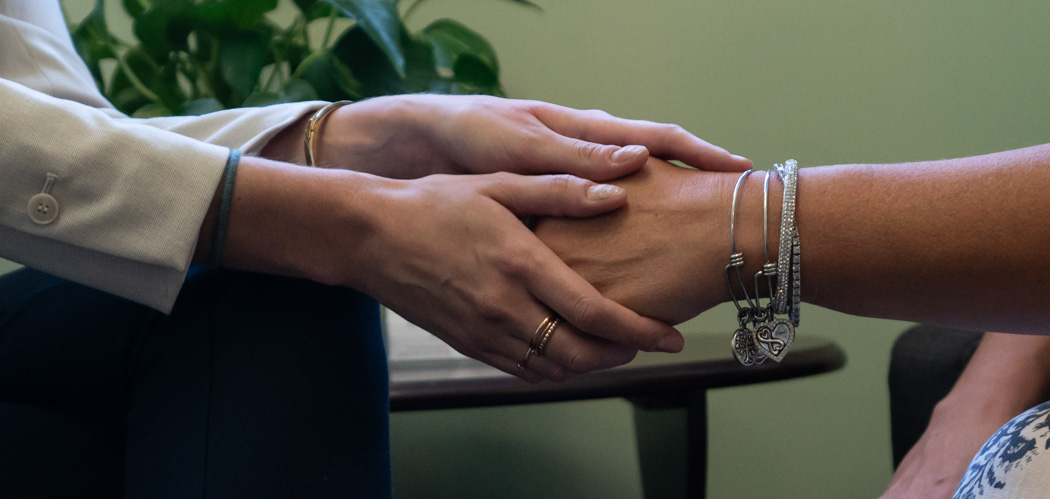
The Dynamics of Domestic Violence
People often think of domestic violence only in terms of the black eyes and bruises that can be seen. In reality, domestic violence is a pattern of assaultive and coercive behaviors that abusers use to control their intimate partners. As adaptive and resilient as they are, victims of relationship violence nevertheless face a daunting number of barriers to escaping the violence.
In addition to the very real threat of harm or death to themselves or their children, victims must contend with the accompanying financial and emotional hardship. They also often weigh cultural and religious values that emphasize keeping families intact and respond to the violence in spite of justice and social service systems that don’t always provide adequate safety and support.
People who have never experienced abuse often find it difficult to imagine why victims don’t leave and how the abuse can continue for years. Relationships almost never start out abusive. It is important to remember that love and intimacy precede the abuse, which can make it difficult to break away. Abusive relationships are not violent all the time. There are periods when a woman is reminded why she fell in love with her partner. Abusers effectively weave together intimacy and abuse to control their partners.
Women who have been abused sometimes express confusion about the recurring nature of the violence they experience in their relationship. It seems to them to be unpredictable and impulsive. Domestic violence, however, is neither random nor haphazard. It is a complex pattern of increasingly frequent and harmful physical, sexual, psychological and other abusive behaviors used to control the victim. The abuser’s tactics are devised and carried out precisely to control her.
Facts:
About one in four women will experience domestic violence in her lifetime.
—Tjaden, P., & Thonennes, N. (2000). Extent, nature and consequences of intimate partner violence: Findings from the National Violence Against Women Survey.Washington, DC: U.S. Department of Justice.
The percentage of female murder victims killed by intimate or former partners has remained at about 30 percent since 1976.
—Rennison, C. M., & Welchans, S. (2000). Intimate partner violence. Washington, DC: U.S.
Department of Justice.
In three surveys of women experiencing domestic violence, researchers found that between 37 percent and 45 percent of respondents also had been raped by their partners.
—Browne, A. (1987). When battered women kill. New York: Free Press.
The majority of spouse violence (78.1 percent) and boyfriend/girlfriend violence (64 percent) occurred in the victim’s home.
—Durose, M., et al. (2005). Family violence statistics: Including statistics on strangers and acquaintances.Washington,DC: U.S. Department of Justice.
About half the female victims reported the incident to law enforcement authorities. In about 20 percent of those cases, the victim reported that the offender was immediately arrested.
—Greenfeld, L. A., et al. (1998). Violence by intimates: Analysis of data of crimes by current or former spouses, boyfriends, and girlfriends. Washington, DC: U.S. Department of Justice.
Reproduced with permission from The Missouri Coalition Against Domestic and Sexual Violence. Find the complete publication, The Nature and Dynamics of Domestic Violence, here.
Back to All News